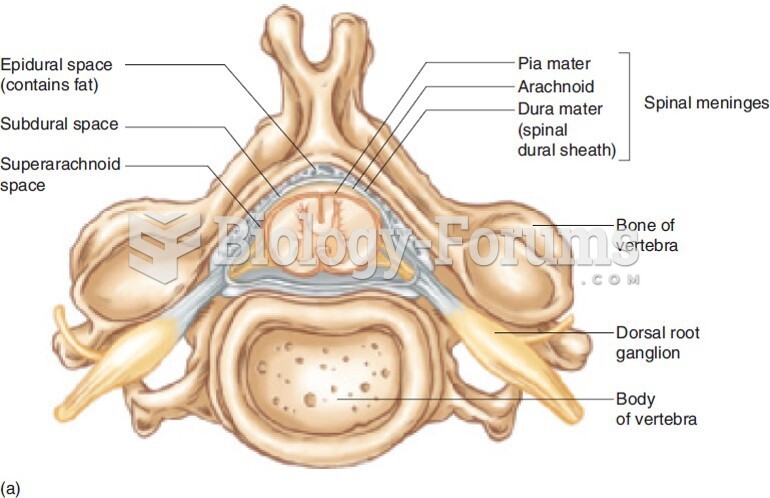Answer to Question 1
1, 2, 3
Explanation:
1. Cramping is a common reaction to the medication.
2. Uterine irritability is a common reaction to the medication.
3. Membrane rupture is a sign of labor and not a reaction to the medication.
4. Leakage of the gel is a common reaction that does not need to be reported.
5. Strong regular contractions are a sign of labor and not a reaction to the medication.
Answer to Question 2
1, 2, 3, 5
Explanation:
1. A prelabor scoring system was developed that is helpful to predict the potential success of induction. Components evaluated include position.
2. A prelabor scoring system was developed that is helpful to predict the potential success of induction. Components evaluated include effacement.
3. A prelabor scoring system was developed that is helpful to predict the potential success of induction. Components evaluated include consistency.
4. A prelabor scoring system was developed that is helpful to predict the potential success of induction. The fetal heart rate is not a component that is evaluated.
5. A prelabor scoring system was developed that is helpful to predict the potential success of induction. Components evaluated include cervical dilatation.







